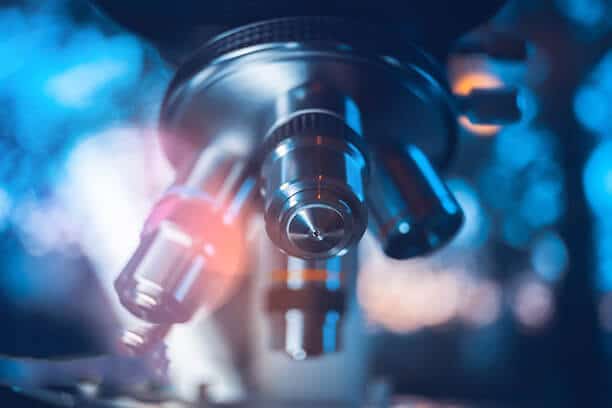The field of medicine is often recognized as one that has very few opportunities for errors. When producing medical parts or components, this regulation is also applicable. It is because the sector deals with human life; even little mistakes may result in life-threatening conditions or even death. Consequently, the machining technique used by machinists in producing medical components has to be able to accept tight tolerances and high precision specifications.
The CNC machining technique is the most capable of meeting these standards compared to other types of machining. Besides machining a broad range of materials, it is also capable of conforming to many critical specifications. Stay connected to this post if you want to learn about the different methods by which machinists employ CNC machining to produce medical components.
Prerequisites for CNC Machining Medical Parts
It is not the same as machining components for other industries when it comes to machining medical parts for the medical business. In contrast to most common metal components, which must conform to ISO 9001 for quality management, medical parts must adhere to additional standards.
As stated by the International Standards Organization (ISO), businesses that are involved in the design, development, processing, handling, distribution, implementation, or servicing of medical parts are required to demonstrate that they can provide medical devices and associated services that regularly meet the requirements of both customers and applicable government regulators.
Your medical components need to be able to demonstrate that they are capable of meeting the following qualification requirements before they may be used:
- ISO 13485: This is the qualifying standard particular to the medical business. It goes into further depth about the nitty-gritty aspects of the ISO 9001 standard as they pertain to the medical industry and emphasizes production process control. It governs several phases of manufacturing: process validation, risk mitigation, and quality control. Suppose a corporation can demonstrate compliance with this standard. Then it will be much simpler for that company to sell its wares worldwide.
- ISO 9001: This serves as the industry standard for quality assurance and production management. Nevertheless, it is not limited to any one sector of the economy. It indicates that the ISO 9001 standard controls every manufacturing procedure. It helps to save expenses, makes it easier for the company to grow, and ensures that it complies with the standards that have been established.
- ISO 5001: Energy management is the single criterion used to determine this quality level. Along similar lines, it provides a guideline that producers may use particular medical components to improve their energy use efficiency and hence their overall competitiveness. Note that they will be able to reduce manufacturing expenses even more if they do it this way.
- ISO 14001: Compared to ISO 5001, this quality standard is comparable but more comprehensive. In conjunction with the ISO 5001 standard, it emphasizes the sustainable use of energy, which enables makers of medical components to reduce their overall energy consumption and waste output. Any business that already satisfies the requirements of this quality standard will undoubtedly have implemented ISO 50001 into its daily operations.
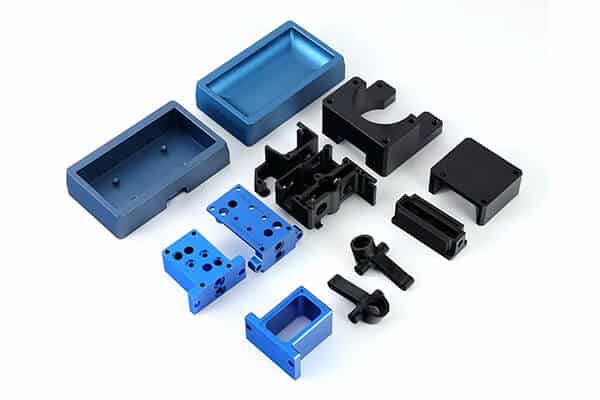
Specifications for CNC Machining of Medical Components
Suppose CNC machine shops want to be successful in machining medical components. In that case, they need to take additional measures to satisfy requirements and acquire certifications. Admittedly, the success or failure of these machined parts might directly impact real humans’ lives.
The following are some of the fundamental requirements for medical CNC machining:
- Due to their tiny size, many medical components need tight tolerances. It applies to body-intrusive devices. Their modest size will help patients recuperate quicker while minimizing intrusion. Therefore, medical device manufacturing requires strict tolerances.
- Certain medical components call for intricate geometries and forms; hence, machines with increased cutting flexibility are needed to do justice. To attain this additional cutting flexibility, the best options for CNC machines are those with four or five axes of motion.
- As we know, there exists the possibility that many of these materials may need to be taken by humans. Due to this reason, machinists must maintain an exceptionally high degree of cleanliness throughout the manufacturing process.
- There are various materials, including stainless steel and PEEK. Essentially, raw materials used in producing CNC medical components range from metal to plastic. The CNC machine must cut through all of these materials successfully during manufacturing.
- High degrees of Surface finishing capabilities are of great significance.
Example of Medical Equipment Machined by CNC
Machinists use computer numerically controlled (CNC) medical machining because it is compatible with many of the criteria required in this sensitive business. These requirements include manufacturing medical precision components such as:
1. Medical Implants
Producing body implants (knee replacements and hip implants) is perhaps the most effective application of machining medical parts, making it one of the most important uses of this technique.
Most of the time, medical practitioners need a limited number of implants. Because of this, using a method such as injection molding won’t make any economic sense. It is the case since the manufacture of molds will needlessly drive up production expenses. On the other hand, while doing CNC medical machining, machinists may reuse the same tools several times. In this manner, they do not impact the expenses of manufacturing.
These implants are fabricated using a wide variety of materials, ranging from plastics ((PEEK)) to metals (titanium), among others. Because of this, CNC machining is a viable option when considering which machining method to utilize. This is due to its ability to work well with diverse materials. As a result, it is an excellent choice for manufacturing procedures of this kind.
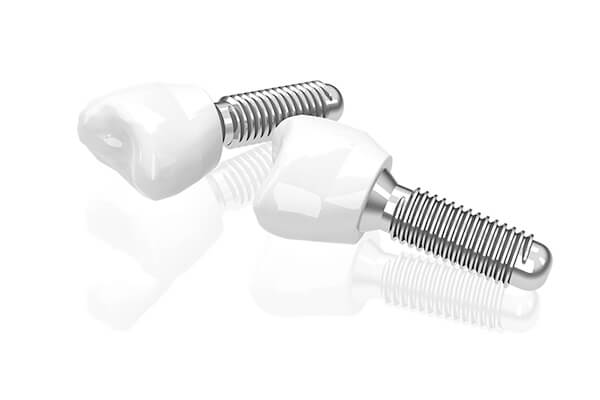
Typical Machined Implants
- Spine implants
- Knee implants
- Hip implants
Materials Available for Machined Implants
- Stainless steels (for temporary implants)
- Titanium alloys such as Ti6Al4V
- Polyether ether ketone (PEEK)
- Cobalt-chrome alloys such as CoCr28Mo6
2. Machines Instruments for Surgery
In addition to producing biological implants, CNC machining can make surgical equipment that medical experts use throughout procedures. Surgical scissors, biopsy tubes, blade grips, cutting tools, forceps, implant holders, plate benders, and other metal components might be among these.
These surgical equipment and instruments are subject to additional safety criteria and must be created with care and accuracy. One of these requirements is that they are easy to sterilize.
Because of the great requirement for accuracy, medical device makers could use CNC machining to produce these surgical pieces of equipment. Some kinds of implements and tools can only be made in limited quantities. Some are even made up for specific patients on an individual basis. So, CNC machining will be the most efficient and cost-effective way to create these components.
CNC machining allows for the application of extensive surface finishing procedures to medical precision components, which helps to guarantee that there are no surface flaws.
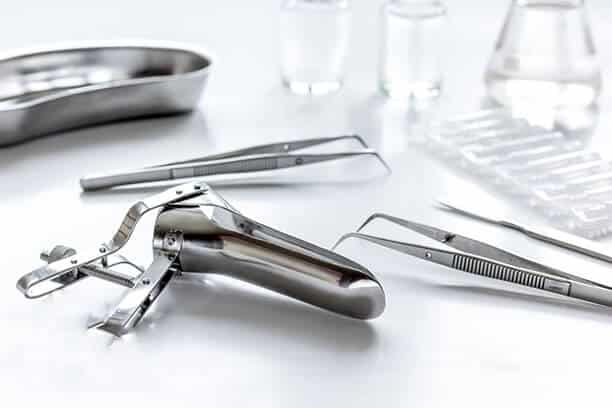
Typical Machined Surgical Instruments
- Forceps
- Holders
- Clamps
- Spacers
- Handles
- Cutters
- Saws
Materials Available for Surgical Instruments
- Titanium alloys
- Stainless steels, particularly surgical steel (AISI 316L)
3. Machined Components for Healthcare Electronics
It’s not uncommon for surgical equipment to have two metal pieces. However, CNC machines can fabricate components for more sophisticated devices, such as ECG and heart rate monitors and MRI and X-ray machines. These high-priced items are sometimes made up of hundreds or thousands of discrete components, many of which may be produced using CNC machines.
Switches, knobs, levers, and bigger components like monitor housings are all examples of machined equipment parts. Since medical equipment is often moved from room to room, all parts must be high quality to prevent the machine from breaking down.
The difference between these components and implants and surgical equipment is that the former may not need to be biocompatible because they may never come into contact with the patient. Consequently, a broader range of materials suitable for CNC machining may be employed.
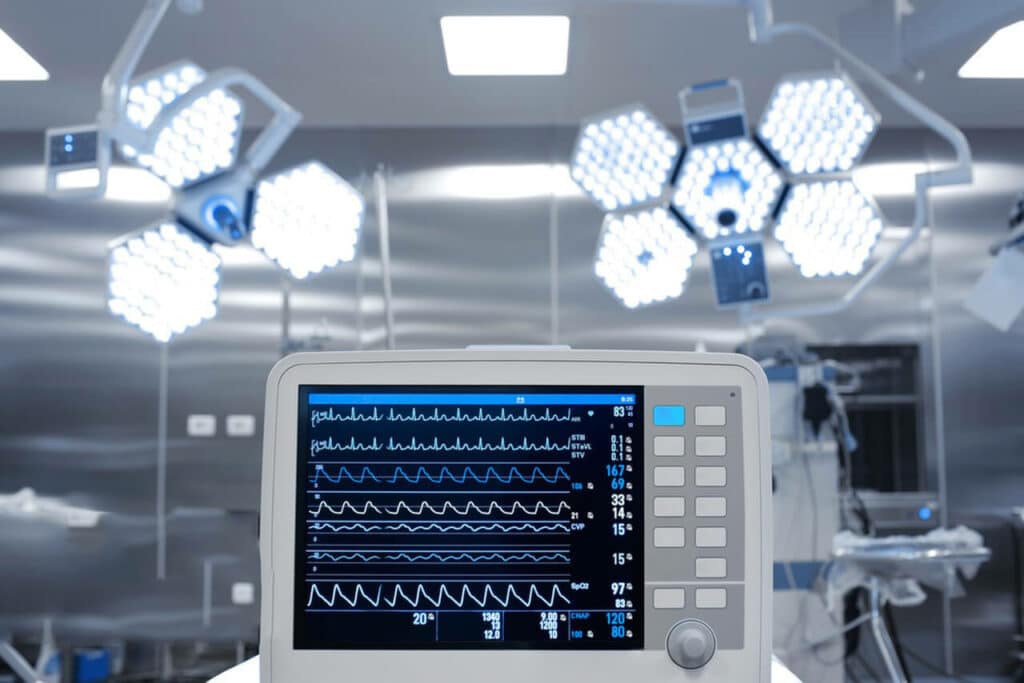
Electronic Medical Equipment Parts Machined to the Highest Precision For Exacting Application Results
- Diagnostic equipment
- Monitors
- Lighting
- Ultrasound equipment
- MRI scanners
- CT scanners
4. Micromachining
Producing very minute medicinal components is the focus of this activity. Mostly, this is used in making implanted devices, exploratory surgical instruments, drug-delivering technology, and the like. These gadgets often pack an extremely high complexity into a very tiny footprint.
As a result, their production requires a very high level of expertise. Because of this, a method such as CNC medical machining is an excellent choice. This is the case since it can support great degrees of accuracy. The feature sizes of these parts may be much less than 50 microns.
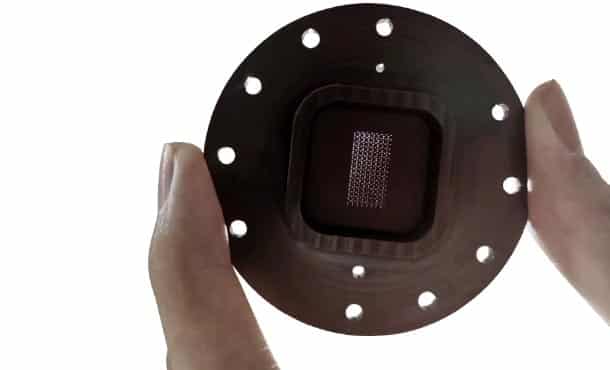
Typical Micromachined Components for Medical Equipment
- Optical switch components
- Fiber optic components
- Sonic nozzles
- Miniature gears
- Miniature shafts
- Miniature fittings
- Electron microscope accessories
- Micron surgical scissors
- Saw guides for bone surgery
5. Medical Device Prototypes
In the process of manufacturing medical device parts on a large scale, it’s of great importance to create prototypes to undergo rigorous testing and validation. CNC machining offers a swift and cost-effective solution for producing these prototypes. By enabling the rapid production of multiple design iterations, engineers can thoroughly test and fine-tune the medical device in order to ensure its safety, effectiveness, and compliance with regulatory standards.
In the rapidly evolving field of medical device development, the ability to swiftly bring a new product to market is critical and can confer a substantial competitive advantage. CNC machining plays a critical role in this process, as it facilitates the production of small-batch prototypes. This capability not only aids in minimizing waste but also helps manufacturers save on material costs during the development phase.
6. Dental Tools and Implants
The significance of CNC machining extends to the field of dentistry, where it plays a crucial role in providing exceptional dental care through the creation of tailor-made dental tools and implants. Dentists across the globe depend on advanced CNC technology to ensure precise and accurate treatments. This cutting-edge technology proves particularly advantageous in the manufacturing of robust instruments such as probes, drills, forceps, and scalers, which are vital for a wide range of dental procedures.
The production of these instruments necessitates remarkable durability to withstand rigorous sterilization processes and ensure the utmost safety of patients. CNC machining offers both quality control measures and repeatability, ensuring that each tool consistently meets and even exceeds standards.
The creation of dental implants, which provide a durable and long-lasting solution for missing teeth, relies on the precision and customization offered by CNC manufacturing technology. Utilizing digital scans, these implants are designed to ensure an exact and personalized fit for every patient. The advent of CNC machining promotes prosthetic fabrication in dentistry, significantly enhancing treatment outcomes.
With excellent efficiency and effectiveness, CNC technology allows for precise modifications using materials like titanium and zirconia. This capability enables efficient utilization of these materials in various applications.
7. Custom Prosthetics
Customization holds significant value in healthcare, particularly in the field of prosthetics. Prosthetics applications emphasize the necessity for tailored devices that precisely match each patient’s unique anatomy. Conventional mass-production methods often fall short of meeting these specific requirements.
The advent of CNC machining is revolutionizing the prosthetics sector by enabling the creation of personalized devices that cater to each patient’s individual physiological traits. By utilizing 3D scanning and CAD modeling, CNC machines have the capability to fabricate prosthetic limbs with complicated details and precise dimensions. As a result, patients can enjoy optimal comfort and functionality, as the CNC technology guarantees a highly accurate and customized fit during the production process.
8. Small Orthopedic Hardware
In the medical field, orthopedic parts like screws, plates, and rods are extensively employed for the repair or replacement of injured bones and joints. Due to their crucial importance in patient recovery, it’s necessary for these components to be manufactured with extremely high precision and exceptional quality.
The production of orthopedic parts heavily relies on CNC machining due to its indispensable role. CNC technology excels in machining intricate geometries with exceptional accuracy, making it an ideal choice for manufacturing such things. Moreover, CNC machining is capable of working with a diverse range of biocompatible materials, including commonly used titanium and stainless steel in orthopedic devices.
The Final Word
Machining medical instruments is a procedure that calls for high levels of precision and accuracy. Thus, this technique lends itself well to CNC machining. However, if the appropriate persons are not assigned to the task, the procedure that was followed won’t make a difference.
Runsom Precision is a reliable manufacturer of medical critical components for surgical instruments and tools, and medical device prototyping. With more than 10 years of CNC manufacturing experience, we are fueled by the assurance of the closest tolerance and precision of each machined part. Our skilled machinists can customize machined parts design for each aspect of the medical industry with the highest standard. Would you like to start your CNC machining projects at Runsom Precision? We are waiting for your request for a quote.
Other Articles You May Be Interested in:




